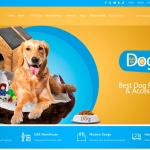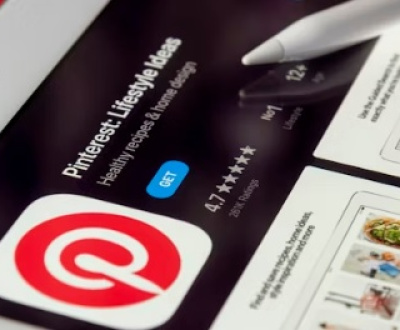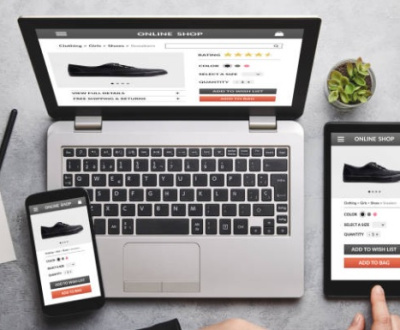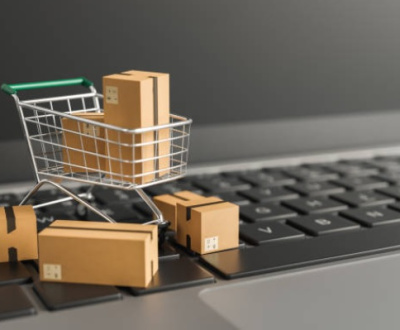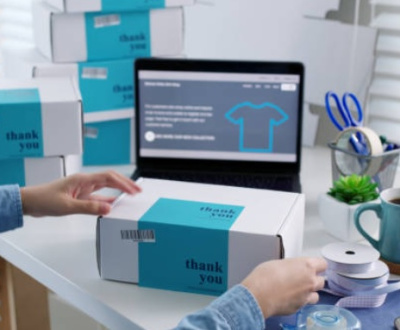
Dropshipping Step By Step: A Beginner’s Guide to Building a Successful Online Store. If you’ve been dreaming of starting an online business but don’t have the cash to stock up on inventory, dropshipping might just be the perfect solution for you. Trust me, it’s simpler than you think. I’ve broken it all down into easy-to-follow steps, so by the end of this post, you’ll know exactly how to get started. Let’s dive in!
What is Dropshipping, and Why is It So Popular?
Dropshipping is like being the middleman, but in the best way possible. Instead of buying and storing products yourself, you partner with a supplier who handles all the heavy lifting—like manufacturing, storing, and shipping. All you have to do is set up an online store and market your products.
Sounds great, right? The biggest perks are low startup costs, no need to manage inventory, and the freedom to work from anywhere. But, of course, it comes with its challenges, like slim profit margins and supplier reliability. Don’t worry; I’ll walk you through how to handle those, too!
Step 1: Understand the Basics
Before we dive in, here’s a quick summary of how dropshipping works:
- You set up an online store and list products.
- A customer places an order.
- You forward the order to your supplier.
- The supplier ships the product directly to the customer.
Your job? Focus on running the store and keeping your customers happy.
Step 2: Find Your Niche
Choosing the right niche is the first big step. A niche is basically your store’s focus. Are you selling pet products, eco-friendly gadgets, or trendy fashion?
Here’s how to choose:
- Think about your interests. Passion goes a long way in marketing.
- Check demand. Use tools like Google Trends or Ubersuggest to see if people are searching for those products.
- Spy on competitors. Look at what’s working for other stores in your niche.
Pro Tip: Avoid oversaturated niches unless you have a unique twist!
Step 3: Partner with Reliable Suppliers
Your suppliers are your lifeline in dropshipping, so choose wisely. Platforms like AliExpress, Spocket, and Oberlo make it easy to find suppliers, but don’t just pick anyone.
Here’s what to look for:
- Fast shipping times. Nobody wants to wait a month for their order.
- High-quality products. Check reviews and ratings.
- Good communication. You’ll need someone who responds quickly.
Before committing, test the waters by ordering a few products yourself. It’s worth it!
Step 4: Build Your Online Store
Now comes the fun part—setting up your store. The best platforms for beginners are Shopify, WooCommerce, and Wix. I personally love Shopify because it’s super user-friendly and has tons of features.
Here’s what you need to do:
- Choose a clean, professional theme (less is more).
- Write catchy product descriptions that focus on benefits, not just features.
- Add high-quality images (more on this later).
- Set up payment gateways like PayPal or Stripe so customers can easily pay you.
Step 5: Add Products to Your Store
Once your store is ready, it’s time to fill it with products. This part is crucial because it’s where your customers decide if they’re going to buy.
Tips for success:
- Use clear, high-resolution images.
- Write descriptions that answer customer questions (size, color, use, etc.).
- Set prices that leave room for profit but don’t scare off customers.
Step 6: Market Like a Pro
Marketing is where the magic happens. Without it, your store is just a pretty website nobody visits.
Here’s where to start:
- SEO: Optimize your product titles and descriptions with keywords. This helps your store show up on Google.
- Social Media: Use Instagram, Facebook, and TikTok to show off your products. Behind-the-scenes posts and customer testimonials work great.
- Paid Ads: Facebook and Instagram ads can bring in traffic quickly. Start small and test what works.
Pro Tip: Pinterest ads are super underrated and can be a goldmine for dropshippers.
Step 7: Manage Orders and Customer Service
When you get your first order, celebrate—it’s a big deal! But then, get to work:
- Forward the order details to your supplier immediately.
- Keep customers updated with shipping info.
- Be ready to handle returns or complaints professionally.
Happy customers = repeat business.
Step 8: Analyze and Scale
Once your store is running smoothly, it’s time to grow. Use tools like Google Analytics or Shopify’s dashboard to track:
- Traffic sources (where your visitors are coming from).
- Conversion rates (how many visitors are buying).
- Your best-performing products.
Scale by testing new products, expanding to new audiences, or increasing your ad budget.
Common Mistakes to Avoid
Dropshipping is straightforward, but there are pitfalls:
- Relying on one supplier: Always have a backup!
- Ignoring customer service: Bad reviews can sink you.
- Skipping product research: Not all products are winners.
Conclusion: Your Dropshipping Journey Starts Now
Starting a dropshipping business might seem intimidating at first, but it’s all about taking that first step. Pick your niche, find a supplier, and set up your store. The rest will fall into place as you learn.
Remember, every successful entrepreneur started where you are now—so go for it!

